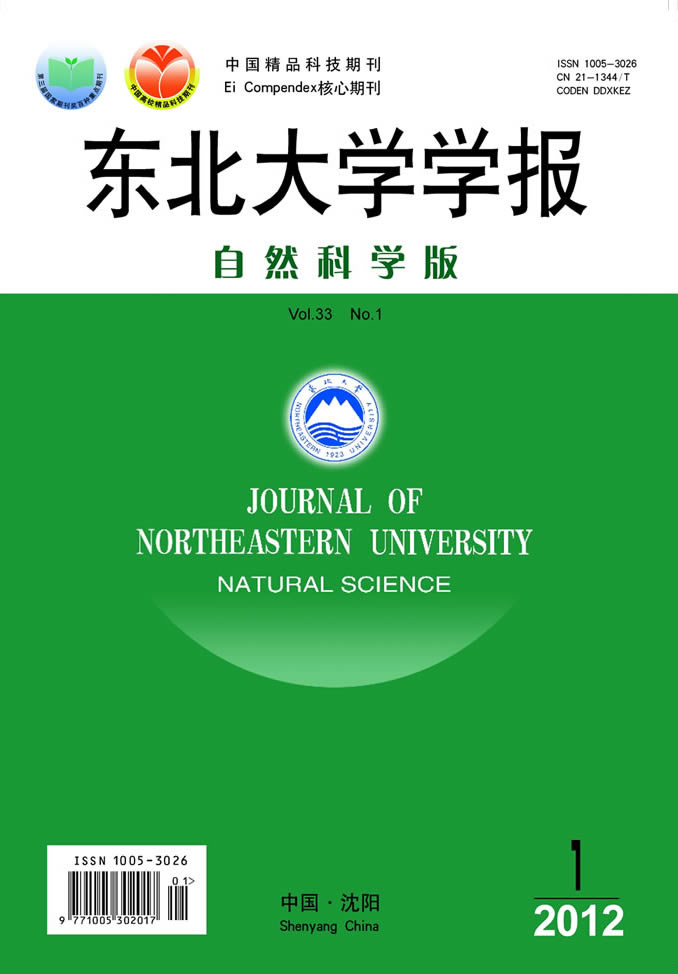|
Damage and Failure Mechanism of Tunnels in Jointed Rock Mass
MA Tianhui, ZHANG Wendong, XU Tao
2013, 34 (10):
1485-1489.
DOI: -
In consideration of the the variation of mesoscopic patterns of joints, the damage process of surrounding rock of an underground opening in jointed rock mass was numerically simulated, and the failure mechanism of surrounding rock was investigated. The effect of the dip angles of joints on the stability of surrounding rock was examined. The results showed that the tensile stress causes mainly the initiation and propagation of the cracks, and the propagation direction of the cracks is roughly normal to the joint surface. The tensile cracks normal to the joint surface are the dominant fracture behaviors around the opening in the rock model with a low joint dip angle, while, the joint sliding are the dominant in the model with a high joint dip angle. The dip angle of joint surfaces also affects the fragility of rock mass. With the initiation of microfracture before the rock failure, a lot of energy will be released as acoustic emission. By using microseismic monitoring technology to get the information of energy release, the collapses, roof falling, rock burst and other disasters can be possibly forecasted, thus the supporting measures could be taken in advance to keep staff and equipment safe.
References |
Related Articles |
Metrics
|

